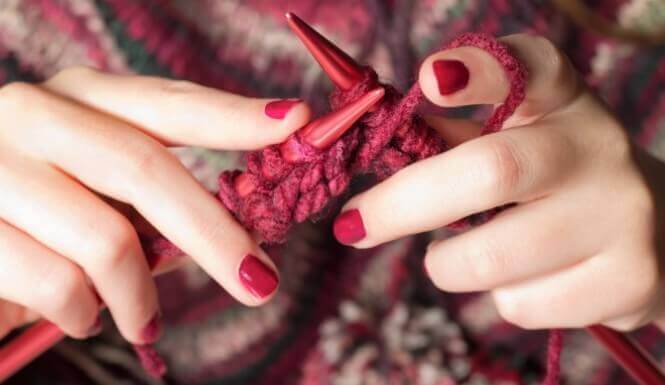Weaving is an ancient activity that remains intact to this day, although for most of human history it has been considered a work of women, today more and more men are engaged in this work, so it is not uncommon to find children, young people, adults and the elderly, of both sexes , learning this art.
Several studies have shown that this manual work has therapeutic effects for those who practice it. The fabric develops motor skills, stimulates concentration and creates an environment conducive to relaxation and meditation. In addition, it is the basis for the construction of another type of fabric: the social fabric, as it serves as an element of connection between people who perform the same group activity.
- The relationship that develops between 3ers is so strong that in many countries it is called “wool therapy”.
- These groups of people come together to weave and create.
- Learn techniques.
- Materials.
- Tissue types.
- And patterns.
- But also to de-harass.
- Weave stories.
- Share experiences and smile for life.
Knitting is an activity that we can do anywhere, if we do it alone we enter at once into a state of introspection, reflect, meditate on our deepest thoughts and enjoy them, if we carry out this group activity, we will connect, forge new friendships and promote sociability. In both cases, our brain releases endorphins, which relax us and generate a sense of well-being.
Studies in the field of neurosciences conclude that the action of knitting greatly improves coordination and cerebral concentration, adding that both increase as the complexity of the tissue increases, in addition, this activity contributes in a revealing way to people with reduced mobility or disability.
Knitting improves our mobility. It is useful for people with some type of disability as a result of an injury, surgery, or illness such as osteoarthritis, arthritis, or carpal tunnel syndrome.
In these cases, if the pain is not completely eliminated due to activity, it decreases considerably; on the other hand, the tissue develops fine motor skills in children, which results in an increase in manual skills and a noticeable improvement in their writing.
Knitting relaxes and reduces stress. In an age as convulsive as the current one, where no one has time for what is really important, performing this activity has been like a process of reengineering with mental health benefits.
Any manual activity contributes positively in the psychological field. These are practices that stimulate both creativity and imagination; in the case of fabric, this means delving into a universe of sensations: the texture, color, smell, softness and warmth of wool positively influence our minds. The exercise of this activity allows to overcome losses and solve problems.
Knitting is not just a hobby, it involves setting goals and achieving goals, every achievement, however insignificant, is rewarding, what comes next can only give us pleasure, as when we introduce you to a family member or loved one we have prepared it with love.
A recent study found that there are currently more than thirty-five million people with dementia worldwide and it is estimated that by 2050 this number will triple. Scientists from different fields recommend manual activities such as knitting to combat the onset of this debilitating disease.
There is something about knitting that makes us think that it is possible to do the right thing, even when it comes to something difficult, the notion of time disappears, we forget about ourselves and we feel that we are part of something much bigger. this fluidity of the mind that the secret of happiness rests greatly.
Images courtesy of Sanna? S Knit.

